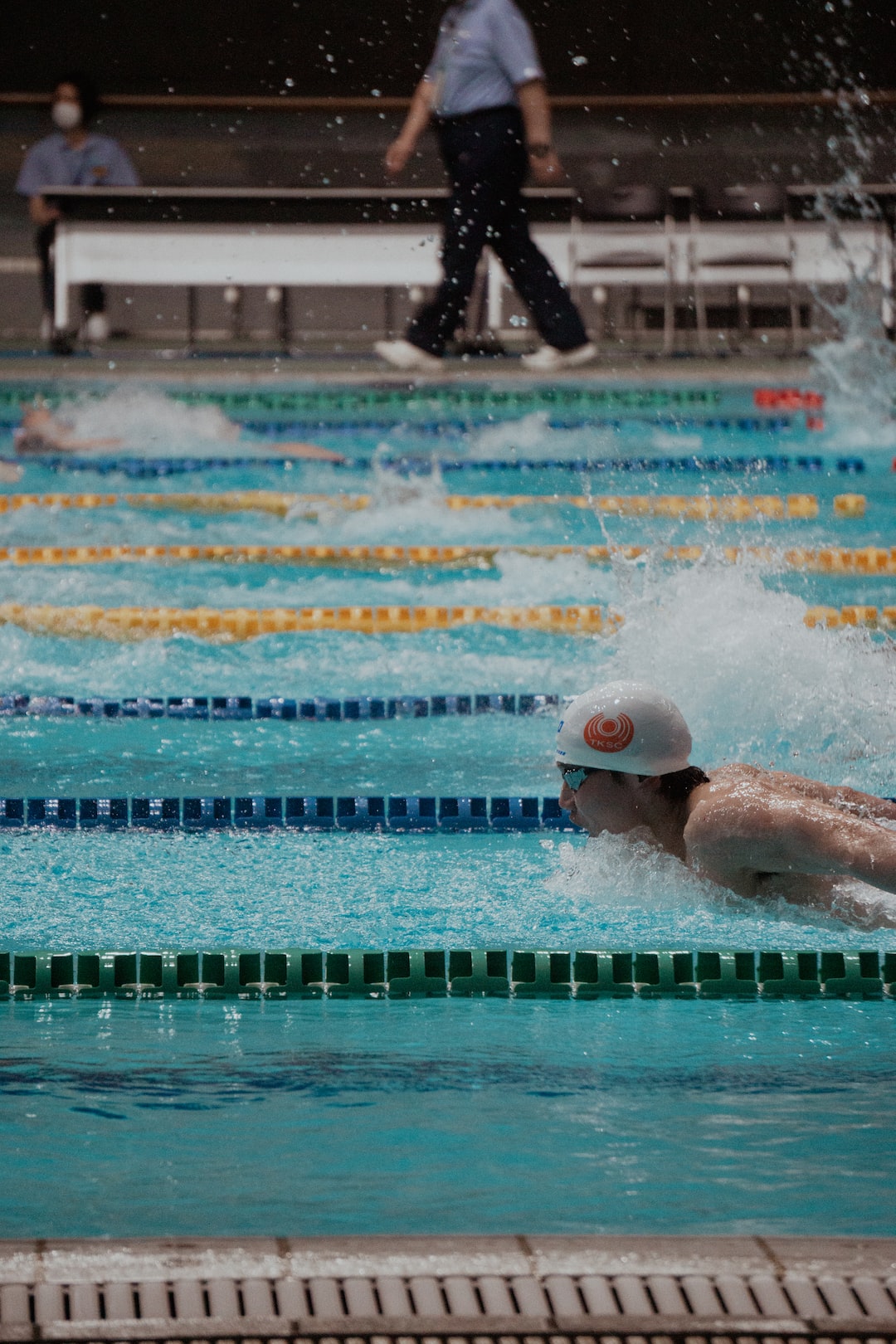Understanding the Different Types of Running Surfaces and Their Impact on Performance
Every runner understands the importance of finding the right pair of running shoes to enhance their performance. However, not many pay enough attention to the running surfaces they train or compete on. The surface we run on can significantly impact our overall performance, risk of injury, and even our enjoyment of the sport. In this article, we will explore the different types of running surfaces and dive into how they can affect our running experience.
1. Treadmill Running:
Treadmills are a popular choice for many runners, especially during unfavorable weather conditions or for those with busy schedules. The primary advantage of a treadmill is the controlled surface, ensuring a consistent stride length and minimal impact on joints. However, the lack of obstacles and terrain variations can lead to muscle imbalances and reduced proprioception, which can affect balance and coordination when transitioning to outdoor running.
2. Road Running:
Road running is the most common type of running surface for outdoor enthusiasts. The hard and level surfaces found on roads offer excellent traction and ideal conditions for speed training. However, the persistent impact on joints can lead to excessive strain and increased risk of injury, particularly on concrete surfaces. Some runners opt for asphalt roads, which provide a slightly softer impact, but can still contribute to joint discomfort with extended use.
3. Trail Running:
Trail running involves navigating through natural terrains, such as dirt paths, gravel, grass, or rocky surfaces. The uneven and ever-changing terrain helps to engage different muscles, improving overall strength and stability. Trail running is also associated with reduced impact on joints due to the softer and more forgiving surfaces. However, the risk of tripping on rocks or tree roots adds an element of challenge and may require more concentration and balance.
4. Track Running:
Track running takes place on synthetic rubber or tartan surfaces, which are specifically designed to absorb shock and minimize impact on joints. Tracks are typically flat and provide excellent traction for speed workouts, making them a perfect choice for sprinters and those training for shorter distances. However, the repetitive nature of track running can put strain on the same muscles and lead to overuse injuries if not balanced with other surfaces.
5. Sand Running:
Running on sand, whether on the beach or on sand dunes, offers a unique and challenging workout. The soft and unstable surface engages more muscles, particularly in the lower body, resulting in improved strength and stability. However, sand can absorb energy with each step, making running more strenuous and demanding on the cardiovascular system. Sand running should be approached gradually to avoid overexertion and potential injuries.
6. Grass Running:
Running on a grassy surface, such as a park or sports field, provides a softer landing and reduces the impact on joints compared to road running. Grass surfaces also facilitate natural foot flexion and extension, allowing for a more varied range of motion. However, grass can be uneven and hiding unexpected holes or divots, increasing the risk of ankle or knee injuries. Varying the direction and path while running on grass can help avoid strain caused by repetitive movement patterns.
7. Indoor Track Running:
Indoor tracks are typically found in gymnasiums or sports complexes and are usually constructed with synthetic materials. These tracks provide a consistent and forgiving surface, similar to outdoor tracks. Indoor running enables year-round training in a controlled environment and is popular among athletes for speed workouts or longer distance runs. However, the repetitive nature of running circles indoors can be monotonous and mentally challenging compared to outdoor sceneries.
In conclusion, understanding the different types of running surfaces and their impact on performance is crucial for runners looking to optimize their training routines. Each surface has its advantages and disadvantages, and incorporating a variety of surfaces can help prevent overuse injuries, improve muscle strength, and enhance overall performance. It is essential to listen to your body and adapt your training regimen accordingly to ensure a well-rounded and enjoyable running experience.

